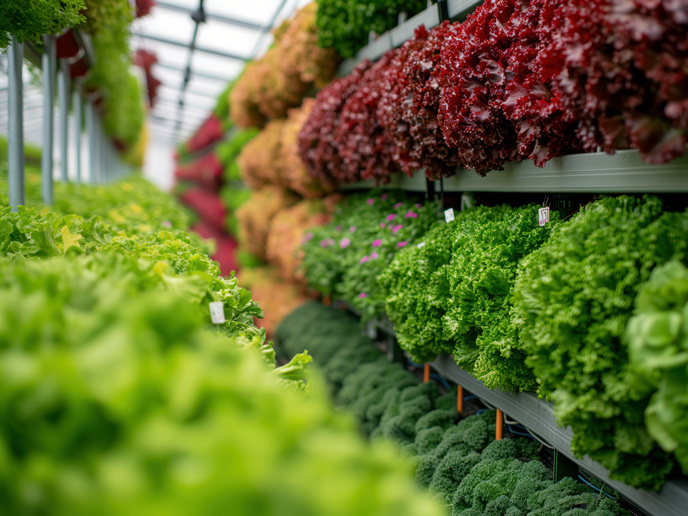Breakthrough biotechnology enables engineered bacteria to churn out sustainable biofuels
Renewable energy sources such as solar and wind power can help reduce CO2 emissions into the atmosphere. Sometimes, these sources produce great amounts of power but not necessarily when usage is high. Traditional power plants cannot yet be fully displaced owing to the lack of viable solutions for storing such excess electricity. Furthermore, vast CO2 amounts produced by industry, for example in steel production, are not upcycled. Bringing together researchers and companies across Europe, the EU-funded eForFuel project addressed all these issues at once.
Tiny microorganisms riding to the rescue
The eForFuel project’s groundbreaking concept relied on using excess electricity from renewable sources, waste emissions from industry and lab-grown bacteria to produce valuable, ready-to-use biofuels. “Our sustainable production chain converts CO2 emissions and renewable electricity into easy-to-handle formic acid, which is then fed to engineered microbes for producing renewable hydrocarbon fuels and other biomaterials,” notes Laura Martinelli, CEO and founder of IN SRL Impresa Sociale and project coordinator. The first step involved using renewable electricity to directly reduce CO2 into a liquid product. CO2 and water were fed into an electrolyser, creating an acid most notably found in ants, the so-called formic acid. The latter was then transferred into a fermentor, a vessel where bacteria can be grown. This hosted a special strain of engineered Escherichia coli (E. coli) able to digest the formic acid and produce hydrocarbon gases that can be converted into fuels for use in transport.
New pathway to the use of CO2 for advanced biofuels
“CO2 is unlimited, might be captured from air or from point sources, and can be transformed into a plethora of products, including advanced biofuels. The technology is still in its infancy and poses several challenges, such as the cost-efficient reduction of CO2 into a viable carrier and its successive transformation into advanced fuels via an engineered microorganism,” remarks Martinelli. The metabolic pathway that efficiently converted CO2 and formic acid into fuel was constructed by the reverse glycine cleavage reaction. Glycine and serine, universal precursors of one-carbon compounds, were produced from formate and CO2 through a reductive route. “We were the first to engineer the fully synthetic reductive glycine pathway, enabling E. coli to grow on formic acid and CO2 as the sole carbon sources. It turned out to be the most energy-efficient aerobic formate assimilation pathway, suitable for industrial scale-up,” highlights Martinelli. Adaptive laboratory evolution (ALE) further optimised the strain for rapid growth and increased biomass yields. Furthermore, ALE experiments adapted the strain to growth at lower CO2 concentrations, similar to those found in industrial off-gases. “The development of efficient technological solutions such as microbial strains that can grow and produce using one-carbon sources is crucial for establishing a sustainable and scalable bioeconomy. Several research groups have already replicated the engineering of the reductive glycine pathway in other organisms, and multiple projects are underway to build on the work initiated by eForFuel,” remarks Martinelli. “Proof-of-concept studies have advanced the engineered E. coli strain to grow on methanol, another reduced one-carbon compound, that results in a smaller CO2 footprint. This may render it a more suitable carbon source for use in the bioeconomy,” concludes Martinelli. In memory of Arren Bar Even who left prematurely, who was the inventor behind eForFuel’s innovative technology. Special thanks to Steffen Lindner from the Charité – Universitätsmedizin Berlin who is also continuing his pioneering work.
Keywords
eForFuel, CO2, formic acid, E. coli, biofuel, renewable electricity, reductive glycine pathway, one-carbon source







